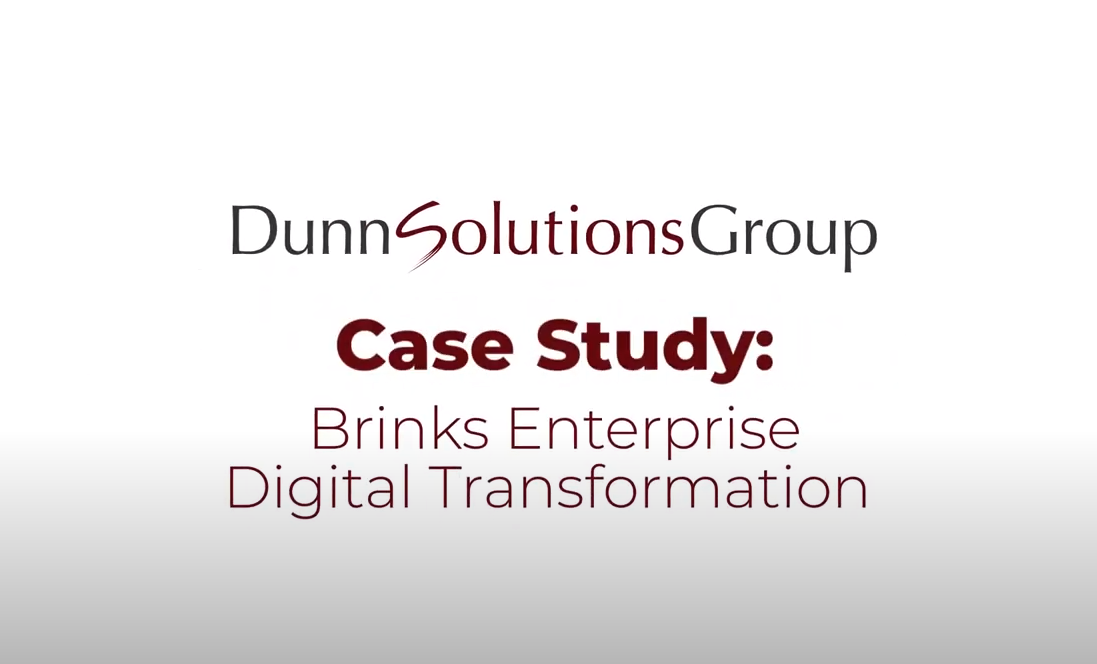Describe the features of Configuration Manager and Intune include, and explain how you can use these features to manage PCs and mobile devices in an enterprise environment. Analyze data by using queries and reports
Prepare a management infrastructure, including configuring boundaries, boundary groups, resource discovery, and integrating mobile-device management with Microsoft Exchange Server
Deploy and manage the Configuration Manager client
Configure, manage, and monitor hardware and software inventory as well as use Asset Intelligence and software metering
Identify and configure the most appropriate method to distribute and manage content used for deployments
Distribute, deploy and monitor applications for managed users and systems.
Maintain software updates for PCs that Configuration Manager administers
Manage configuration items, baselines, and profiles to assess and configure compliance settings and data access for users and devices
Configure an operating system deployment strategy by using Configuration Manager
Manage and maintain a Configuration Manager site
This course is for experienced information technology (IT) professionals who deploy, manage, and maintain PCs, devices, and applications across medium, large, and enterprise organizations.
- Networking fundamentals, including common networking protocols, topologies, hardware, media, routing, switching, and addressing
- Active Directory Domain Services (AD DS) principles and fundamentals of AD DS management
- Installation, configuration, and troubleshooting for Windows-based personal computers
- Basic concepts of public key infrastructure (PKI) security
- Basic understanding of scripting and Windows PowerShell syntax
- Basic understanding of Windows Server roles and services
- Basic understanding of the configuration options for iOS, Android, and Windows Mobile device platforms
- Managing Computers and Mobile Devices in the Enterprise
- Overview of systems management by using enterprise management solutions
- Overview of the Configuration Manager architecture
- Overview of the Configuration Manager administrative tools
- Tools for monitoring and troubleshooting a Configuration Manager site
- Analyzing Data Using Queries and Reports, and CMPivot
- Introduction to queries
- Configuring Microsoft SQL Server Reporting Services (SSRS)
- Analyzing the real-time state of devices by using CMPivot
- Preparing the Configuration Manager management infrastructure
- Configuring site boundaries and boundary groups
- Configuring resource discovery
- Organizing resources using devices and user collections
- Deploying and Managing the Configuration Manager client
- Overview of the Configuration Manager client
- Deploying the Configuration Manager client
- Configuring and monitoring client status
- Managing client settings and performing management operations
- Managing Inventory for PCs and Applications
- Overview of inventory collection
- Configuring hardware and software inventory
- Managing inventory collection
- Configuring software metering
- Configuring and managing Asset Intelligence
- Distributing and Managing Content Used for Deployments
- Preparing the infrastructure for content management
- Distributing and managing content on distribution points
- Deploying and Managing Applications
- Overview of application management
- Creating applications
- Deploying applications
- Managing applications
- Deploying virtual applications by using System Center Configuration Manager (Optional)
- Deploying and managing Windows Store apps
- Maintaining Software Updates for Managed PCs
- The software updates process
- Preparing a Configuration Manager site for software updates
- Managing software updates
- Configuring automatic deployment rules
- Monitoring and troubleshooting software updates
- Enabling third-party updates
- Implementing Endpoint Protection for Managed PCs
- Overview of Endpoint Protection in Configuration Manager
- Configuring, deploying, and monitoring Endpoint Protection policies
- Configuring and deploying advanced threat policies
- Managing Compliance and Secure Data Access
- Overview of compliance settings
- Configuring compliance settings
- Viewing compliance results
- Managing resource and data access
- Managing Operating System Deployment
- An overview of operating system deployment
- Preparing a site for operating system deployment
- Deploying an operating system
- Managing Windows as a service
- Managing and Maintaining a Configuration Manager Site
- Configuring role-based administration
- Configuring Remote Tools
- Overview of Configuration Manager site maintenance and Management Insights
- Backing up and recovering a Configuration Manager site
- Updating the Configuration Manager Infrastructure
Course notes and announcements:
In this course, you will use Configuration Manager and its associated site systems to efficiently manage network resources. You will learn day-to-day management tasks, including how to manage applications, client health, hardware and software inventory, operating system deployment, and software updates by using Configuration Manager. You will also discover how to optimize System Center Endpoint Protection, manage compliance, and create management queries and reports.
RELATED CERTIFICATIONS:
N/A
Follow-On Courses:
N/A
Training Exclusives
This course comes with 12 months access to the following benefits:
Practice Labs
24x7 Mentoring
Indexed Class Recordings
Unlimited Course Retakes
Digital courseware
* Terms and conditions may apply. Learn more about our Microsoft training exclusives by contacting training@dunnsolutions.com
Live Virtual:
Get engaging and impactful live, instructor-led training, regardless of your location.
Our Virtual Classroom Live online training format combines premium skills development technologies and our industry-leading instructors, content, exercises and peer collaboration to ensure that you get the highest quality professional development experience possible. Gain the skills and expertise that matter from the convenience of your home, work or wherever you have an Internet connection.
Engage with your instructor and fellow students via a learning platform and course material designed to ensure a stimulating and productive skills development experience.
Choose from sessions across a variety of time zones for training options that suit your schedule. Save time, money and effort without sacrificing learning quality by accessing our expert-led online training from the convenience of your home, office or anywhere with an Internet connection.
Attend from your PC, Mac or any iOS/Android tablet or smartphone. Connect with the class through your device audio or via toll-free phone number†, depending on available technologies and your interaction preferences.
Not finding any suitable dates? Contact us for additional available dates: education@kaartech.com
Distribute, deploy, and monitor applications for managed users and systems.



